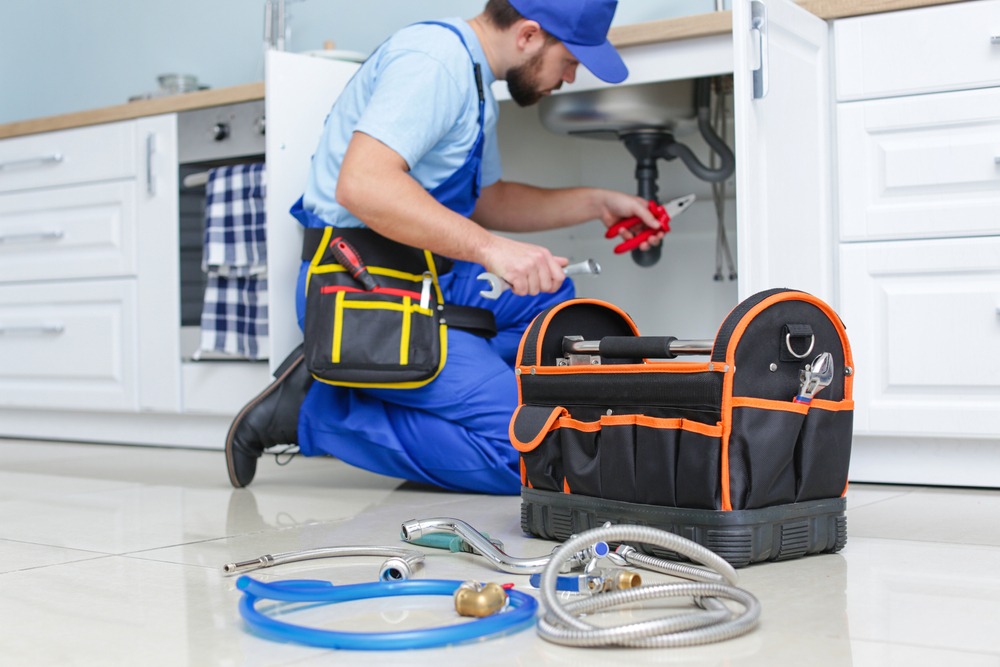High Quality Water Heater Installation Alabaster AL for Optimal Comfort
High Quality Water Heater Installation Alabaster AL for Optimal Comfort
Blog Article
A Detailed Overview to Effective Hot Water Heater Installation for Optimal Performance
Beginning on the task of installing a hot water heater is an endeavor that demands accuracy and an organized technique for achieving ideal performance. The procedure starts with the important decision of selecting the ideal heating unit tailored to the details needs of your house, taking into consideration elements such as energy, kind, and dimension resource. When picked, preparing the setup location to fulfill security standards is critical. The journey does not end right here. As you proceed, the ins and outs of attaching water lines and setting up dependable electric or gas connections wait for, encouraging insights right into guaranteeing efficiency and integrity.
Choosing the Right Hot Water Heater

Following, consider the size and capability of the hot water heater. It's vital to analyze your household's warm water needs, which can vary based on the number of passengers and their use patterns. A device that's too small may bring about inadequate warm water, while an oversized model might result in unnecessary energy usage.
Effectiveness ratings also play a pivotal role in option. Seek water heating units with high Energy Aspect (EF) scores, suggesting premium efficiency and lowered power use. Tankless designs, though typically more pricey upfront, deal significant power financial savings with time because of their on-demand heating abilities.
Preparing the Installation Area
Before mounting a new water heating system, precise prep work of the setup area is important. It's crucial to determine the space very carefully to accommodate the water heating unit's dimensions, making sure appropriate clearance around the unit for efficient operation and maintenance.
Inspect the floor for security, as the water heater will require a strong, degree surface to operate efficiently. If needed, set up a drip frying pan underneath the system to catch potential leaks or spills, avoiding water damage to the surrounding location.
In addition, ensure that all necessary tools and materials are on hand before commencing the installment. This consists of products such as wrenches, screwdrivers, a level, and any additional equipment needed for installing and protecting the heating unit. A well-prepared installment location sets the foundation for an effective water heating unit configuration, enhancing performance and safety.
Connecting Water Supply Lines
When attaching water system lines to your recently installed water heating system, it is critical to ensure that all links are safe and leak-free to maintain reliable operation and avoid water damages. Begin by recognizing the cool and hot water lines. The cool water inlet is generally noted with a blue label or a "C", while the warm water outlet is noted with a red label or an "H".
Use versatile water heating unit adapters to help with a much easier installment procedure. Before attaching the ports, put a plumbing professional's tape around the threaded ends of the water heater's inlet and outlet pipes.
As soon as links remain in area, gradually activate the major supply of water valve. Examine each link for leakages by aesthetically examining and really feeling for dampness. Tighten up links as essential, and ensure the stress alleviation shutoff is appropriately mounted, guarding versus too much stress accumulation.
Establishing Electrical or Gas Connections
Properly establishing up the electrical or gas connections for your water heater is a crucial action to guarantee efficient and secure operation. For electrical water heating units, start by confirming that the electric circuit is compatible with the heating system's voltage and amperage demands.
For gas water heating units, safety is vital. Attach the gas line to the water heating system utilizing a flexible gas port, guaranteeing it is effectively threaded and sealed with pipeline joint substance or Teflon tape suitable for gas connections.
Once connections are made, inspect for any potential leaks. For gas lines, use a soapy water remedy to the joints; bubbles show a leakage. For electric links, confirm that all electrical wiring is safe and secure and correctly protected, preserving conformity with neighborhood electric codes.
Evaluating and Changing for Efficiency
With the electric and gas links safely in location, the next step is evaluating the functional effectiveness of your water heating unit. Begin by thoroughly turning on the water supply and making sure there are no leaks at any of the shutoffs or joints.
Following, execute a comprehensive evaluation to ensure the burner or gas heaters are functioning correctly. For electrical heating systems, use a multimeter to confirm if the elements are attracting the proper current. In gas versions, observe the burner flame; it must be steady and blue, showing effective combustion.
Change the settings as required to eliminate inadequacies. Think about implementing insulation procedures, such as adding a water heating system blanket, to Check Out Your URL better improve performance by decreasing warm loss. In addition, check the anode rod's problem, as a scrubby pole can minimize performance and lead to storage tank deterioration.
Final Thought
Reliable water heating unit installment is crucial for making sure optimal performance and power savings. By choosing the ideal type and size, and diligently preparing the installation area, a structure for success is developed. Securely linking water lines see this site and thoroughly establishing electric or gas connections reduce possible concerns. Comprehensive screening for leakages and specific thermostat modifications to 120 ° F boost integrity and efficiency. Abiding by these steps advertises long-lasting capability and power conservation in residential water heating unit.

Properly setting up the electrical or gas connections for your water heating unit is an essential action to ensure secure and reliable operation. For electric water heating systems, begin by verifying that the electric circuit is suitable with the heating system's voltage and amperage demands. Link the gas line to the water heating Read Full Article unit using an adaptable gas adapter, ensuring it is correctly threaded and secured with pipe joint substance or Teflon tape suitable for gas connections.
Report this page